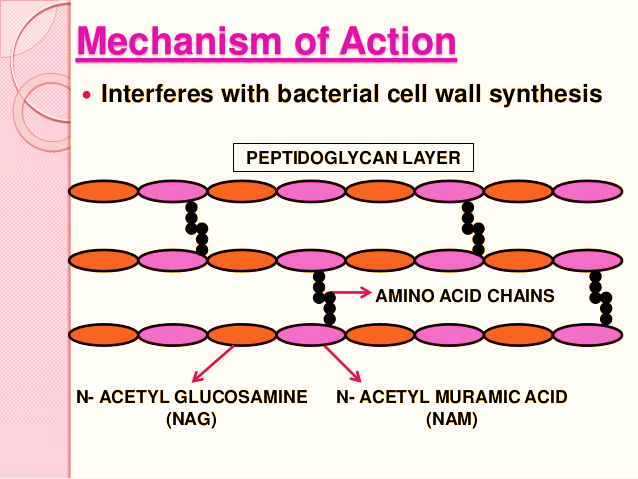
Answer
452.1k+ views
Hint: Alexander Fleming, who discovered the drug penicillin named the it after the Latin name of the mould from which it was obtained.
Complete answer: The discovery of the drug penicillin is attributed to Sir Alexander Fleming.
The events that lead to this drug’s discovery goes as he returned to his laboratory one day in the month of September, 1928, and found a Petri dish containing a culture of the bacterium Staphylococcus with its lid displaced.
Interestingly, the dish had become contaminated with a bluish- green mould (Penicillium notatum).
Fleming eventually noticed that there was a clear ring surrounding the mold where the bacteria had been unable to grow. By his discovery of this mould and understanding its use, Fleming paved the path to create one of the most useful drugs in the history of medicine.
Although Fleming technically discovered the first antibiotic, still a lot of advanced work was to be done before penicillin could be commercialized.
Three important scientists - Howard Florey, Norman Heatley, and Ernst Chain famously performed the first in-depth and more centralized studies on the drug.
Penicillin prevents bacterial synthesis of peptidoglycan (an essential molecule needed to build the bacterial cell wall) and hence it weakens the bacterial cell wall and leads to the death of the bacteria.

So, the correct answer is A. Penicillium notatum.
Note: In his acceptance speech for the Nobel Prize, Fleming had warned that the overuse of penicillin might, one day, lead to bacterial resistance. This has since become a huge problem.
Complete answer: The discovery of the drug penicillin is attributed to Sir Alexander Fleming.
The events that lead to this drug’s discovery goes as he returned to his laboratory one day in the month of September, 1928, and found a Petri dish containing a culture of the bacterium Staphylococcus with its lid displaced.
Interestingly, the dish had become contaminated with a bluish- green mould (Penicillium notatum).
Fleming eventually noticed that there was a clear ring surrounding the mold where the bacteria had been unable to grow. By his discovery of this mould and understanding its use, Fleming paved the path to create one of the most useful drugs in the history of medicine.
Although Fleming technically discovered the first antibiotic, still a lot of advanced work was to be done before penicillin could be commercialized.
Three important scientists - Howard Florey, Norman Heatley, and Ernst Chain famously performed the first in-depth and more centralized studies on the drug.
Penicillin prevents bacterial synthesis of peptidoglycan (an essential molecule needed to build the bacterial cell wall) and hence it weakens the bacterial cell wall and leads to the death of the bacteria.

So, the correct answer is A. Penicillium notatum.
Note: In his acceptance speech for the Nobel Prize, Fleming had warned that the overuse of penicillin might, one day, lead to bacterial resistance. This has since become a huge problem.
Recently Updated Pages
How many sigma and pi bonds are present in HCequiv class 11 chemistry CBSE

Mark and label the given geoinformation on the outline class 11 social science CBSE

When people say No pun intended what does that mea class 8 english CBSE

Name the states which share their boundary with Indias class 9 social science CBSE

Give an account of the Northern Plains of India class 9 social science CBSE

Change the following sentences into negative and interrogative class 10 english CBSE

Trending doubts
Fill the blanks with the suitable prepositions 1 The class 9 english CBSE

The Equation xxx + 2 is Satisfied when x is Equal to Class 10 Maths

In Indian rupees 1 trillion is equal to how many c class 8 maths CBSE

Which are the Top 10 Largest Countries of the World?

How do you graph the function fx 4x class 9 maths CBSE

Give 10 examples for herbs , shrubs , climbers , creepers

Difference Between Plant Cell and Animal Cell

Difference between Prokaryotic cell and Eukaryotic class 11 biology CBSE

Why is there a time difference of about 5 hours between class 10 social science CBSE



